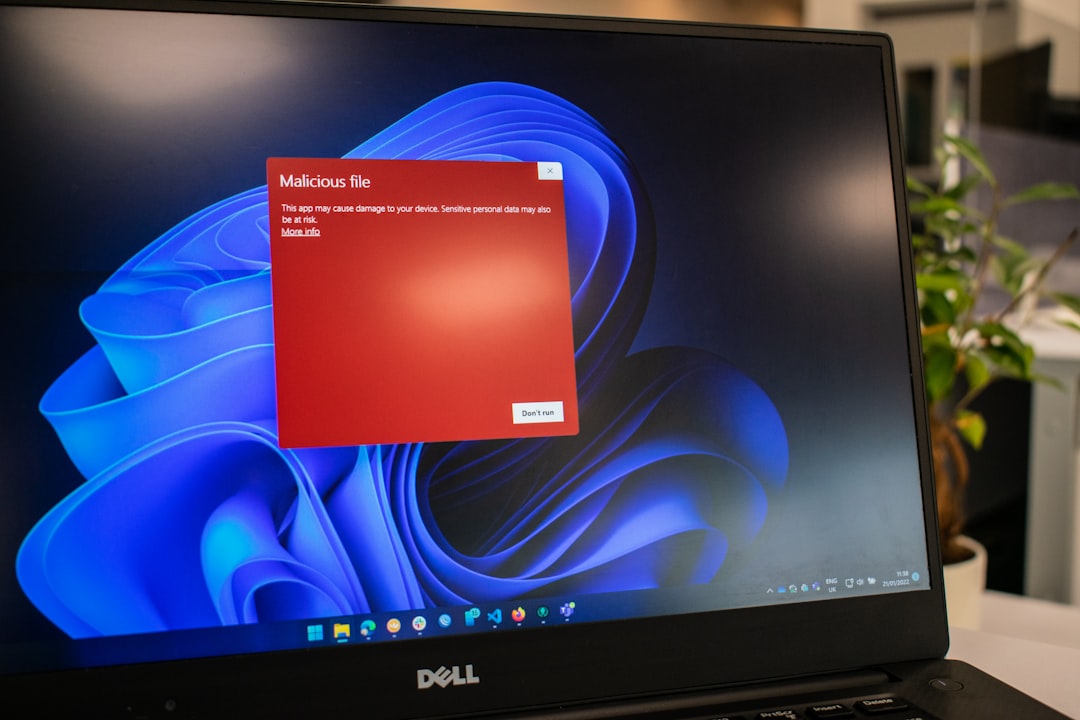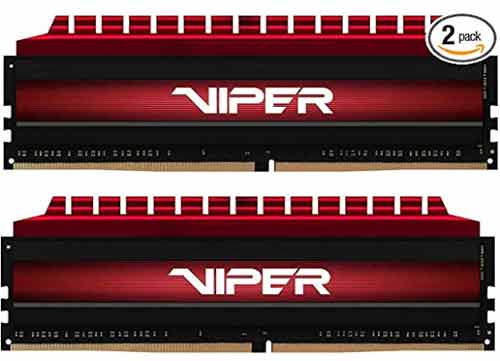In recent weeks, the tech community has been shaken by reports of catastrophic failures—commonly referred to as “bricking”—affecting Nvidia’s cutting-edge GPUs, the RTX 5090 and RTX 5090D. These high-performance graphics cards, launched with much fanfare, are now at the center of a storm as users across forums, social media platforms, and tech blogs recount their unexpected failures. This article aims to examine what’s really happening, investigate potential causes, and outline how users and Nvidia are responding.
Table of Contents
What Is “Bricking”?
To understand the gravity of the situation, it’s important to clarify what “bricking” means. When a device is “bricked,” it becomes entirely unusable. It doesn’t boot, power up, or respond in any detectable way—it essentially has the utility of a brick. In the case of GPUs, this typically means:
- The graphics card does not output video.
- It is not recognized in the BIOS or Operating System.
- No fan or LED activity from the GPU.
- Attempts at driver rollback or BIOS reflash fail.
That’s exactly what some early adopters of the RTX 5090 and 5090D are experiencing. After installing a card that costs well above $1,800 USD, they are sometimes met with a dead system—one that no longer responds, even after extensive troubleshooting.
How Widespread Is the Problem?
While official numbers are hard to come by, user reports have become increasingly difficult to ignore. Major tech forums such as Reddit, Linus Tech Tips, and Nvidia’s own community boards have seen numerous posts documenting problems. In some cases, the card fails within minutes of use. In others, it works fine for days before abruptly shutting down and becoming unresponsive.
Notably, some users say the issue seems linked to specific workloads—such as ray tracing in 4K, or real-time rendering using CUDA cores. Others face problems simply by booting into Windows. As more user data has surfaced, certain trends are beginning to emerge.

Possible Causes Being Investigated
Several potential culprits are currently under scrutiny. Although Nvidia has yet to release an official explanation, insiders and independent analysts have floated the following theories:
1. Firmware Bugs
Initial speculation focused on bugs in the GPU’s onboard BIOS firmware or issues interacting with the system BIOS of newer motherboards. In this scenario, improper voltage regulation or timing conflicts could destabilize the GPU at a hardware level, leading to permanent damage.
2. Faulty Power Delivery
The RTX 5090 and 5090D are incredibly power-hungry, with TDPs pushing up to 600 watts. This means that any flaw in power delivery—be it from the card itself, the adapter cable, or the PSU—can be catastrophic. Some reports suggest certain third-party power cables supplied with prebuilt systems may be contributing to the failures.
3. Thermal Overload
Despite state-of-the-art cooling solutions, both flagship cards run hot, especially under heavy loads. Some users claim their cards hit temperatures above 90°C before failing. This high heat could damage sensitive memory modules or voltage delivery circuits, particularly if there is uneven thermal paste application or heat sink malfunction.
4. Driver Conflicts
Another possible contributor is unstable or prematurely released Nvidia drivers. A number of bricking incidents occurred right after users installed a new driver update. While this alone shouldn’t cause bricking, it may exacerbate existing vulnerabilities in the GPU firmware.

Nvidia and Partner Responses
At the time of writing, Nvidia has not issued a full recall or detailed technical bulletin on the issue. Nevertheless, the company has acknowledged user complaints and is reportedly working closely with AIB (Add-In Board) partners to investigate root causes.
Several vendors including ASUS, EVGA (now returning to GPU manufacturing for Nvidia), and MSI have issued precautionary advisories. Some have halted shipments of RTX 5090s to retailers pending more in-depth analysis. Others are offering immediate RMAs with no questions asked for units exhibiting bricking behavior.
Interestingly, a select number of affected users who contacted Nvidia support were asked to submit telemetry logs, driver information, and even mail their dead cards directly to Nvidia headquarters for further testing.
What Users Can Do Right Now
If you are a proud owner—or now, a concerned owner—of an RTX 5090 or 5090D, here are steps you can take to minimize your risk:
- Update your motherboard BIOS: Ensure compatibility and improved power management.
- Use OEM-specific power adapters: Avoid third-party cables, especially split adapters.
- Monitor thermals aggressively: Use tools like HWMonitor or MSI Afterburner.
- Avoid extreme overclocking: At least until further information is available.
- Back up system settings: Just in case a bricking event disables your entire PC.
If your card begins exhibiting signs of instability—such as graphical artifacts, spontaneous restarts, or unusually high temperatures—shut it down and contact support immediately. Do not continue to subject the hardware to stress testing or gaming until you’re sure it is safe to operate.
Community Efforts to Uncover the Issue
The online tech community has been instrumental in highlighting the scope of the problem. Various YouTubers and independent reviewers have purchased multiple retail cards to perform stress tests, often replicating failure scenarios within hours. This kind of grassroots research may be pivotal in pinpointing the failure mechanisms if Nvidia remains tight-lipped.
Tech influencer Buildzoid released a teardown video examining the power stages of a bricked 5090D, suggesting that some low-grade MOSFET components may be used inconsistently between batches. Others have tested these cards under different operating systems (Linux, Windows 10 vs 11) and found similar failure rates, indicating the problem is likely hardware-based rather than software-related.
Lessons From Previous Generations
This is not Nvidia’s first experience with GPU failures. The infamous GTX 8800 capacitors issue in the 2000s and the more recent VRAM overheating reports on 3080s serve as cautionary tales. In both cases, Nvidia acted eventually but only after user pressure mounted significantly.
The RTX 4090 also experienced scrutiny over melting 12VHPWR connectors, a harbinger that future flagship GPUs should undergo more stringent quality controls both at Nvidia and among its board partners.
As we await official updates, it remains clear that the RTX 5090 series—though a technological giant—is facing growing pains that could tarnish its legacy if not addressed promptly and transparently.
Final Thoughts
A flagship GPU like the RTX 5090 or 5090D is not just a hardware component—it represents a significant investment for gamers, creators, and professionals alike. Bricking issues, especially when unexplained, erode trust in the very brand that promises cutting-edge reliability and performance.
So far, Nvidia’s response has been slow but may be gaining momentum behind the scenes. The pressure is now on to offer clarity, accountability, and practical solutions. In the meantime, users are left to tread carefully with components that should be generating excitement, not anxiety.

For anyone considering a purchase, it may be wise to wait a few weeks as more information surfaces. And for those already affected—document everything, stay informed, and join others in demanding that one of the world’s biggest chip manufacturers lives up to its responsibilities.




